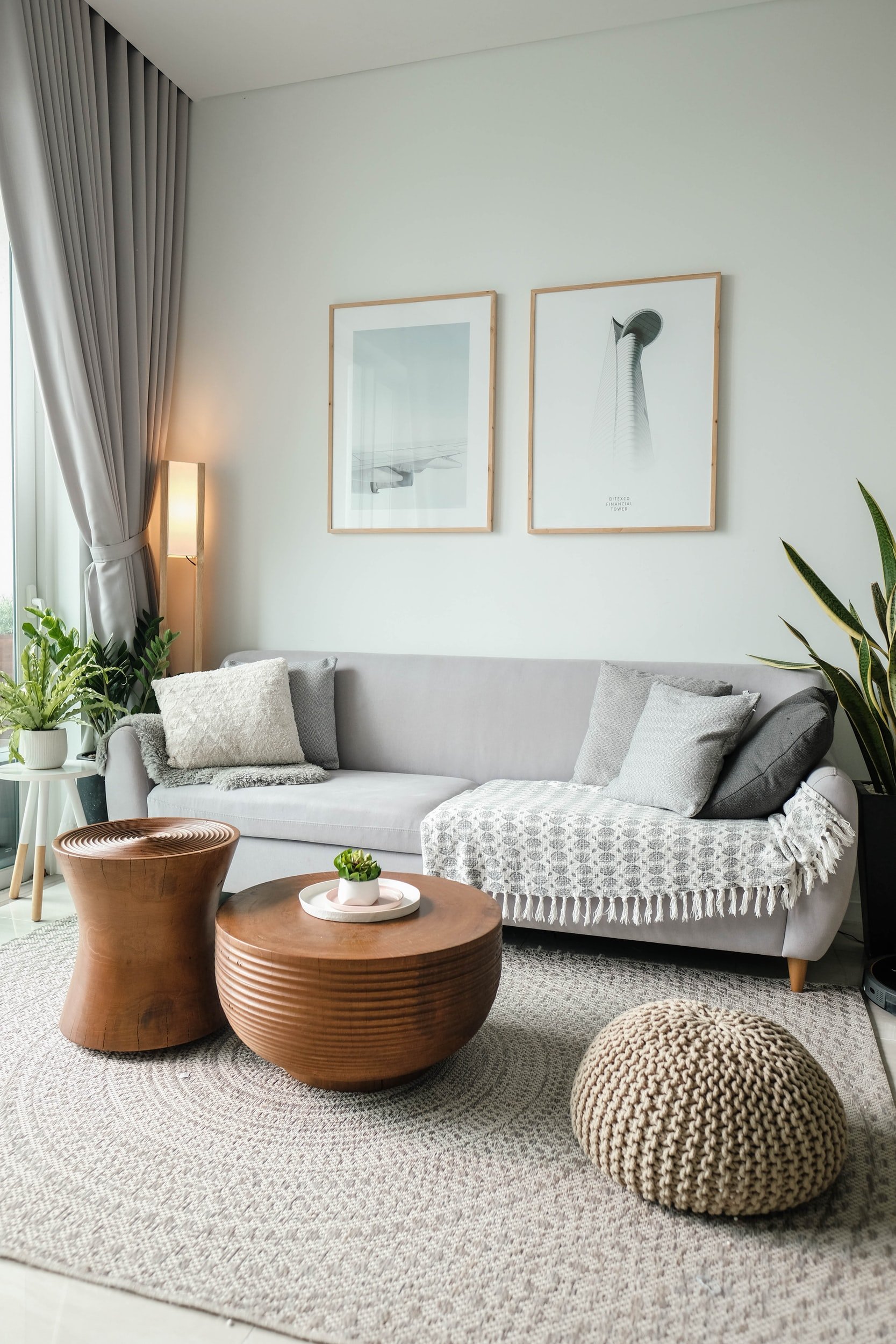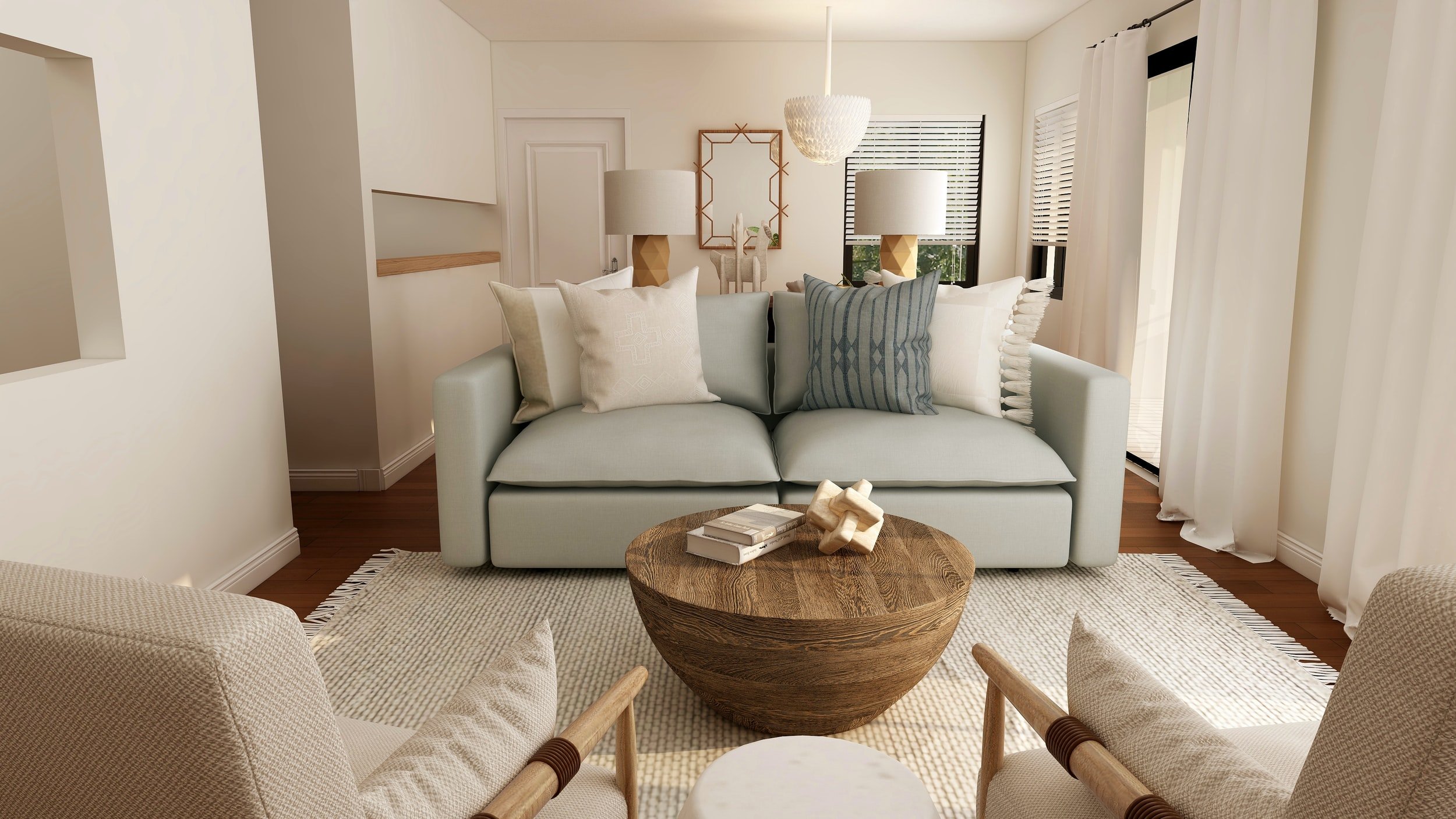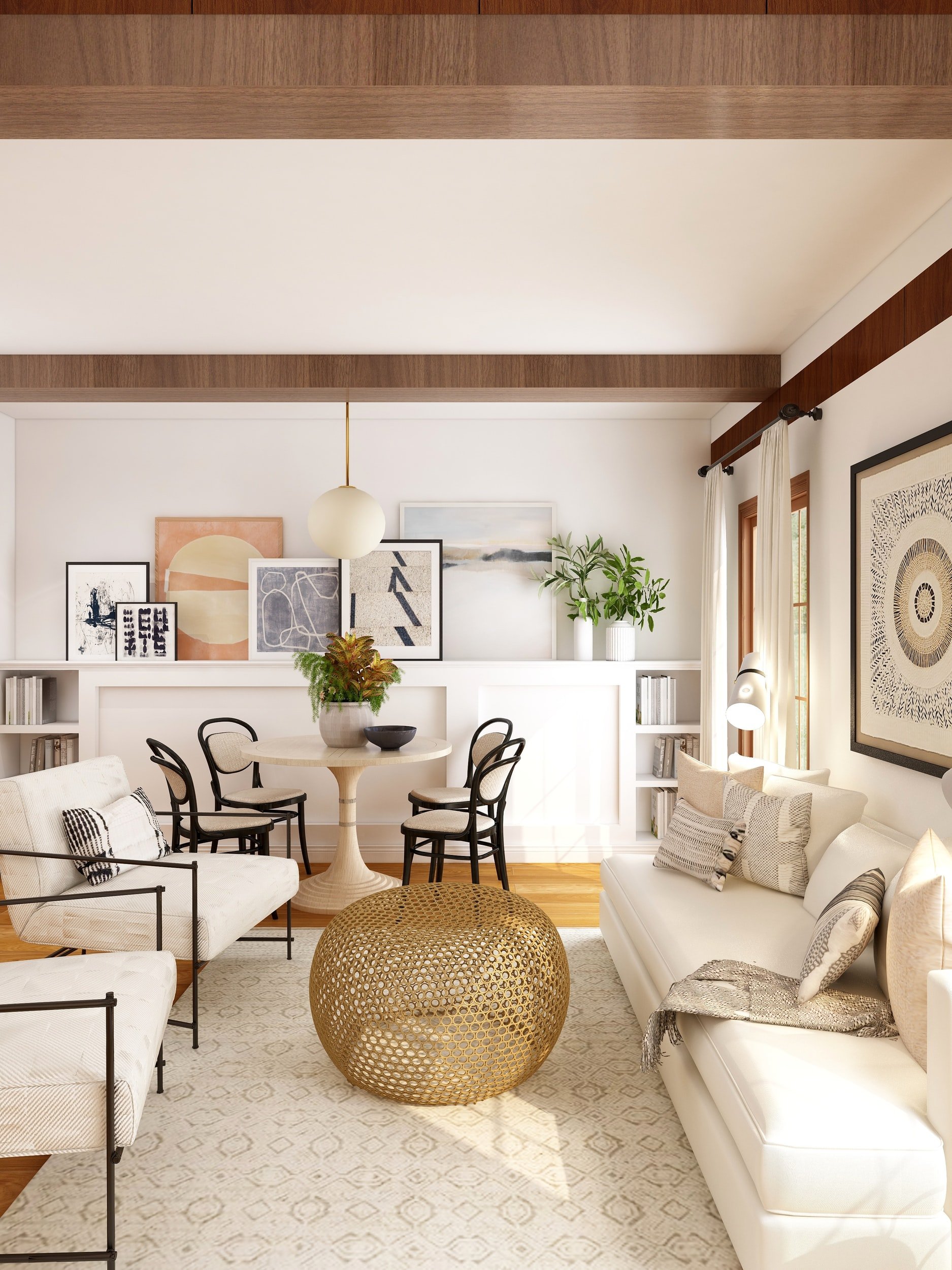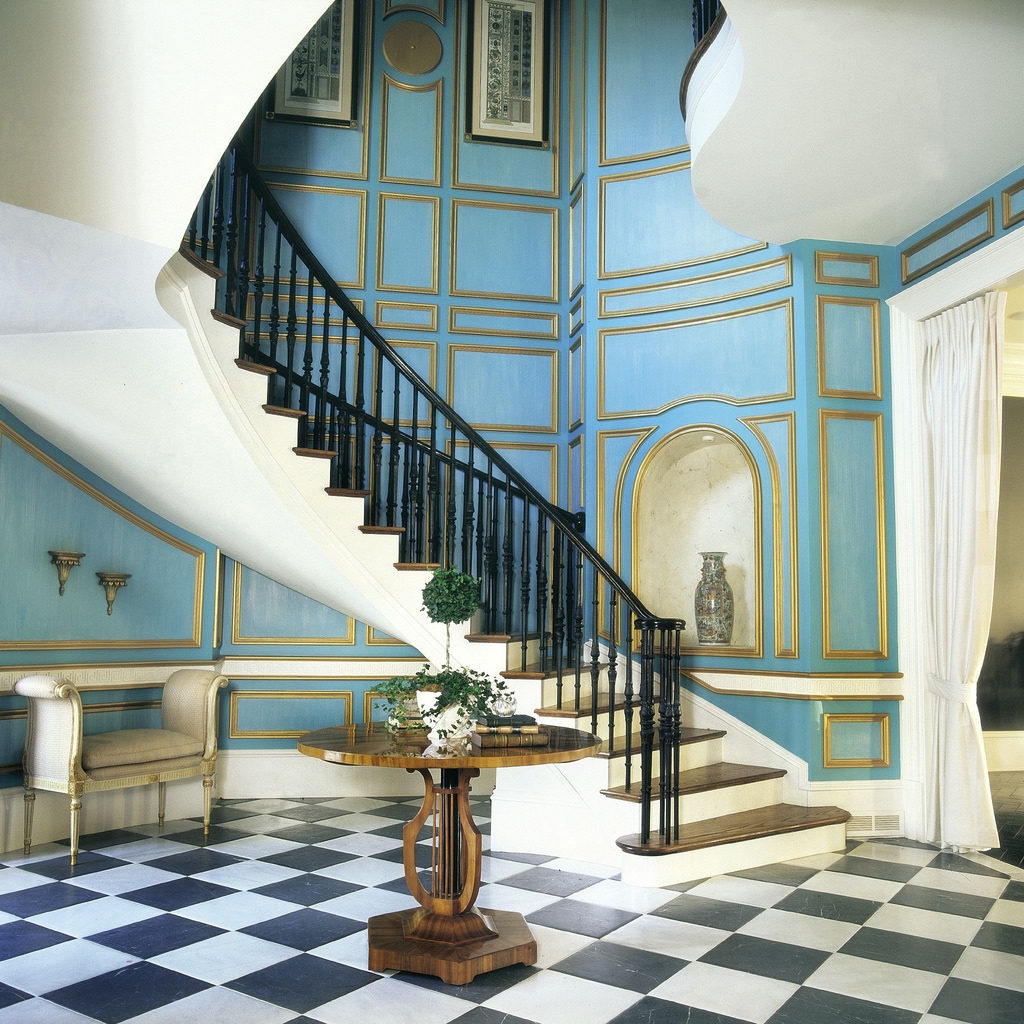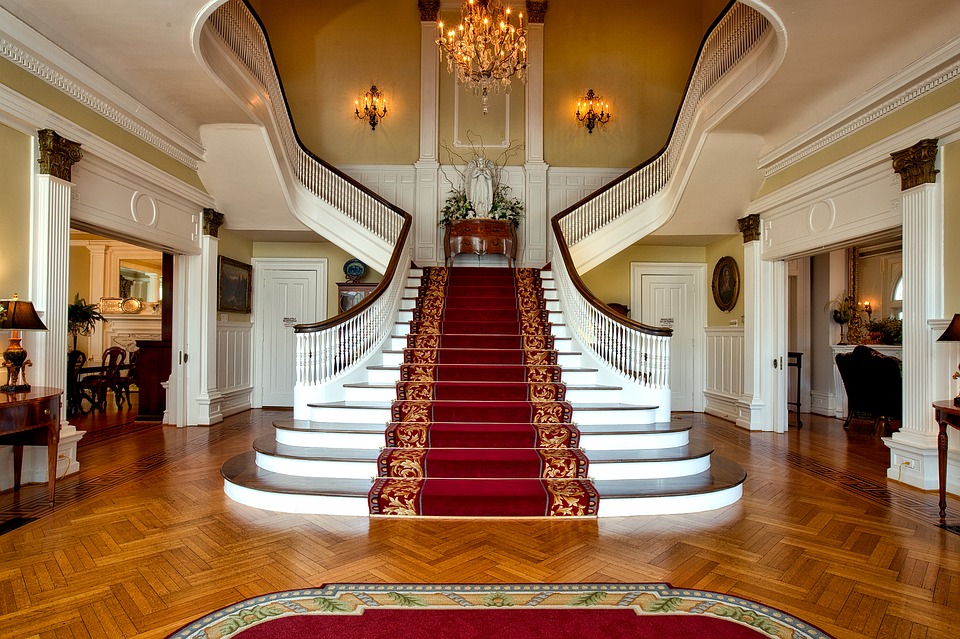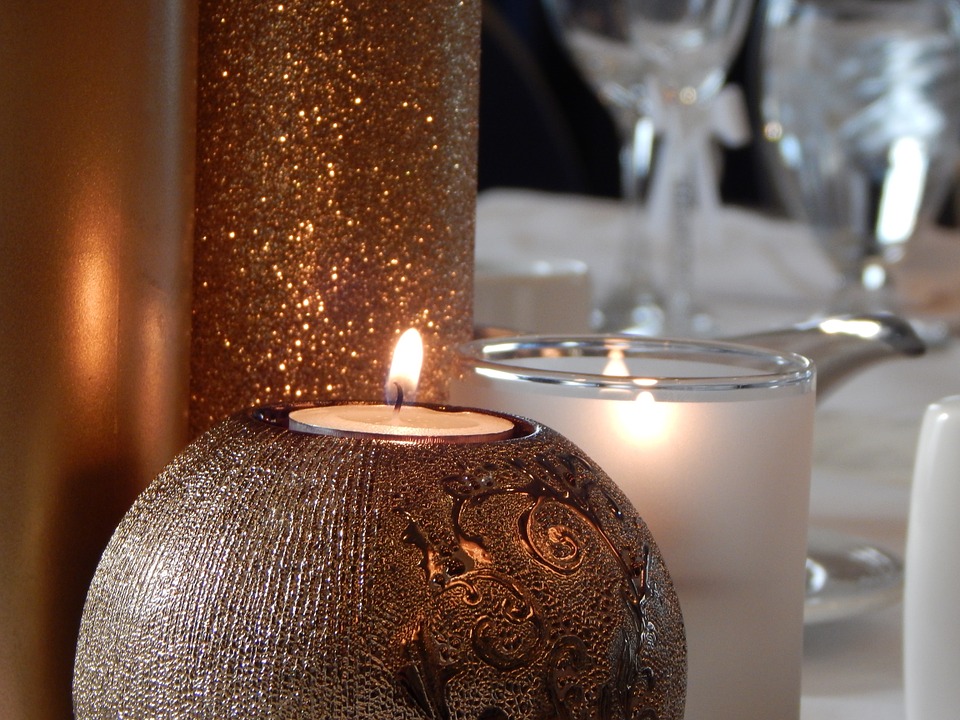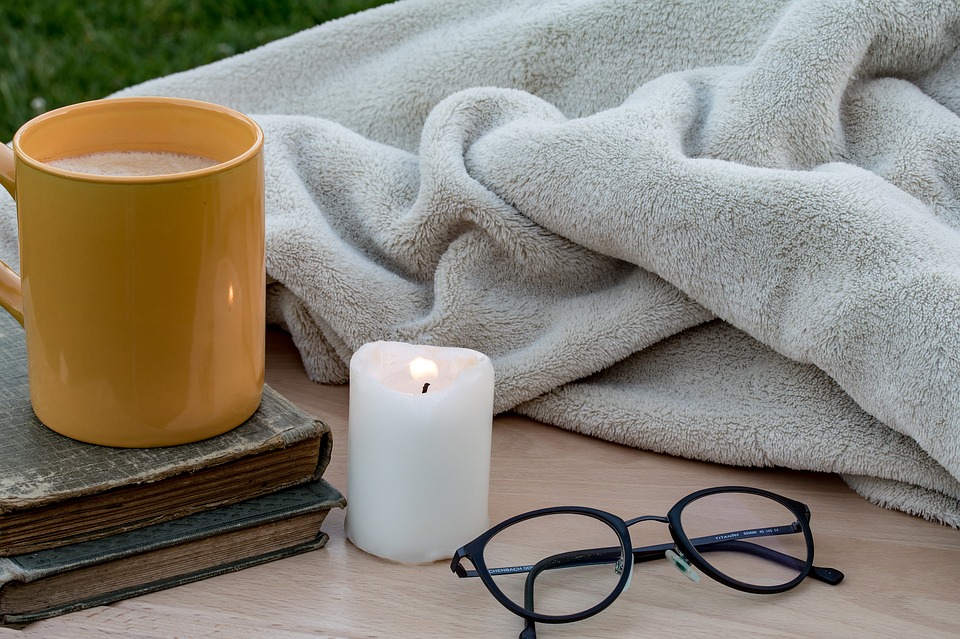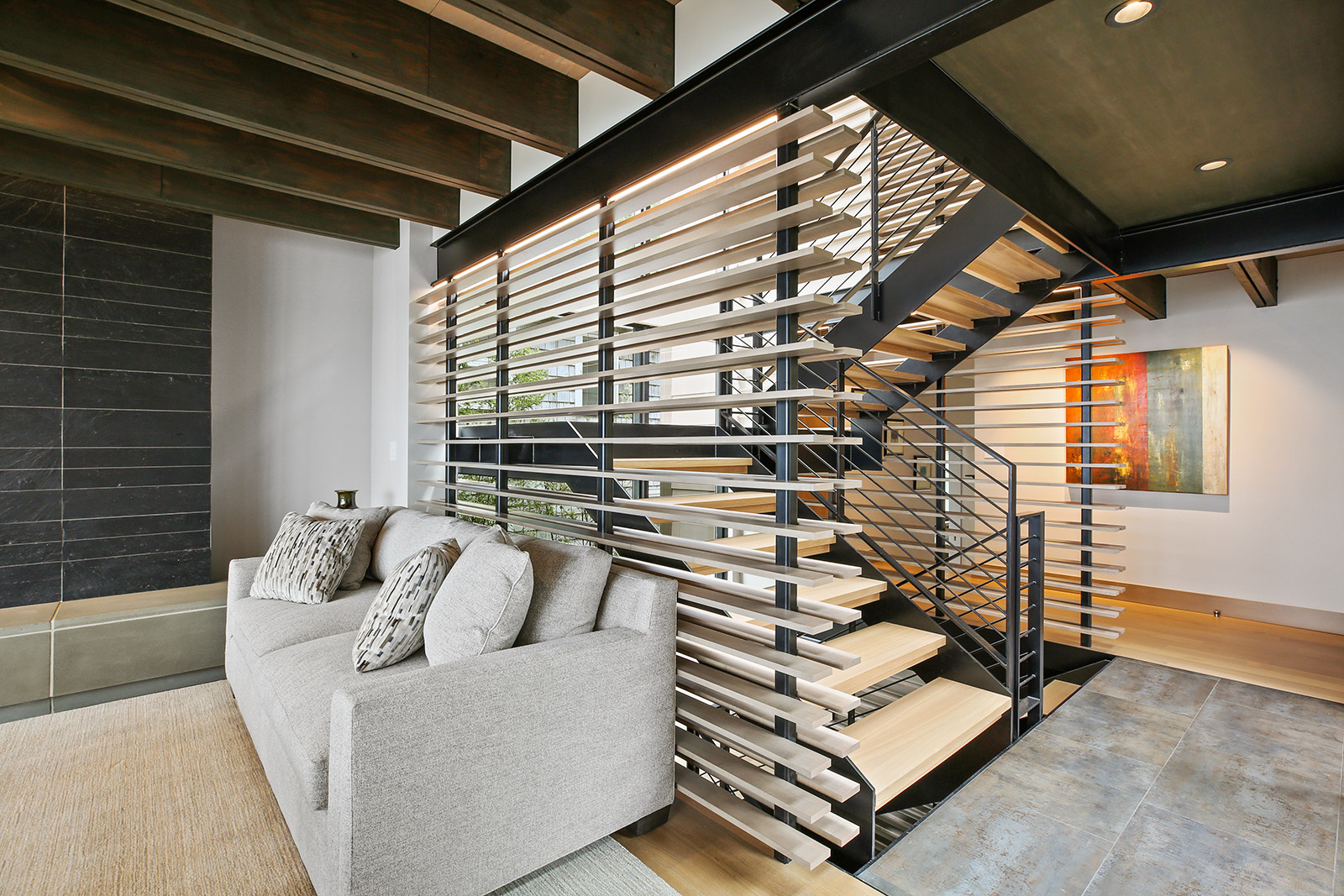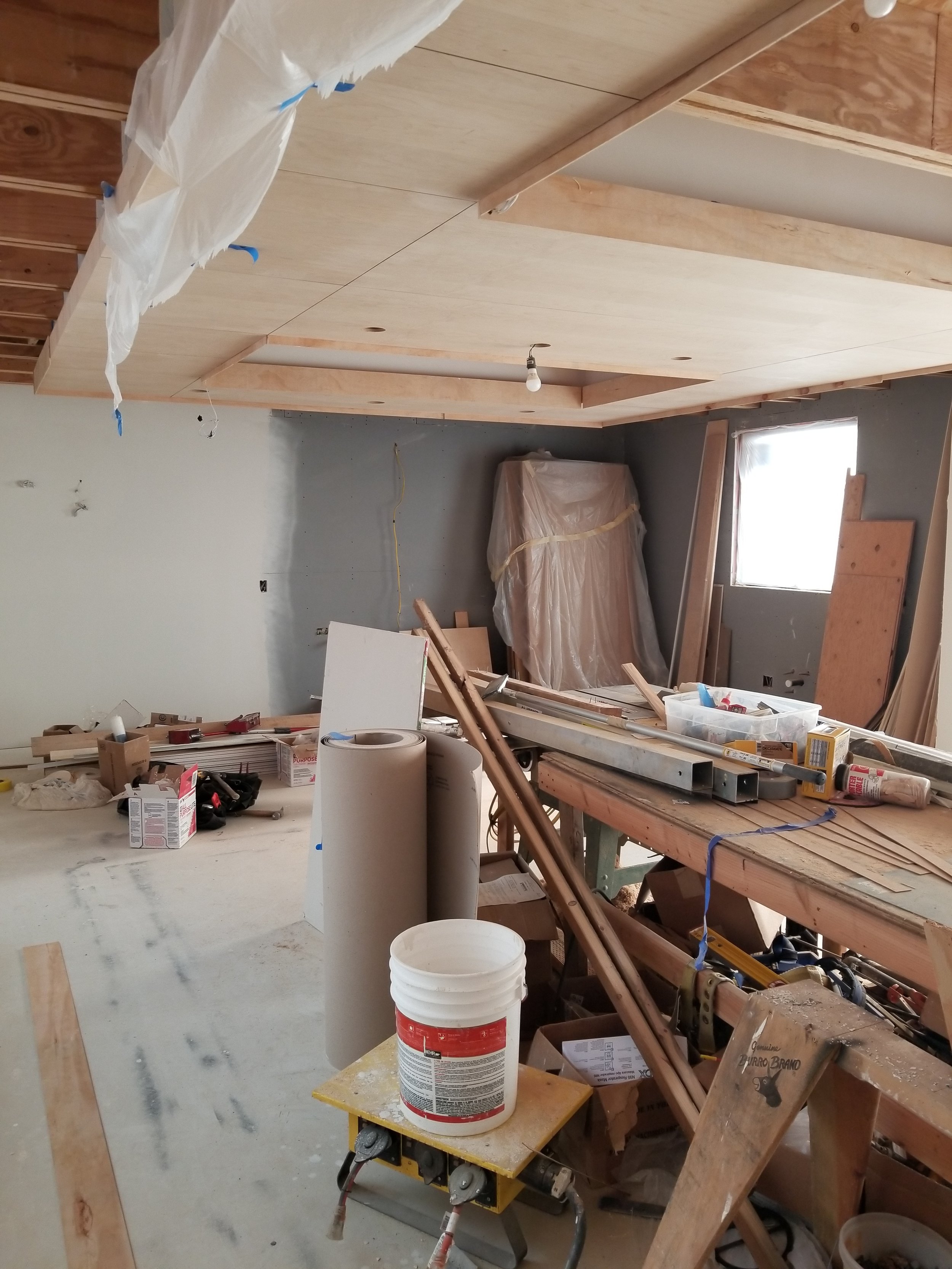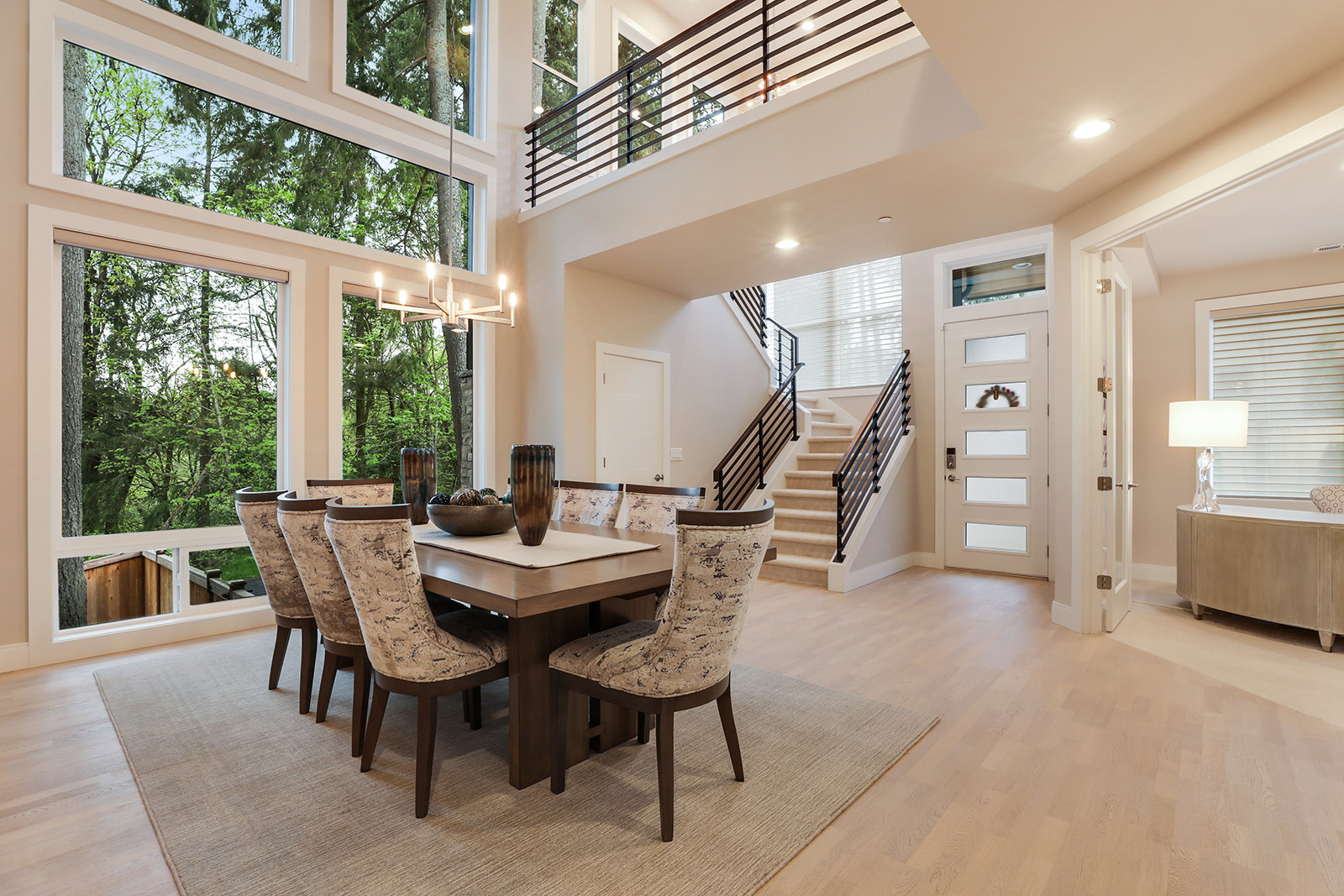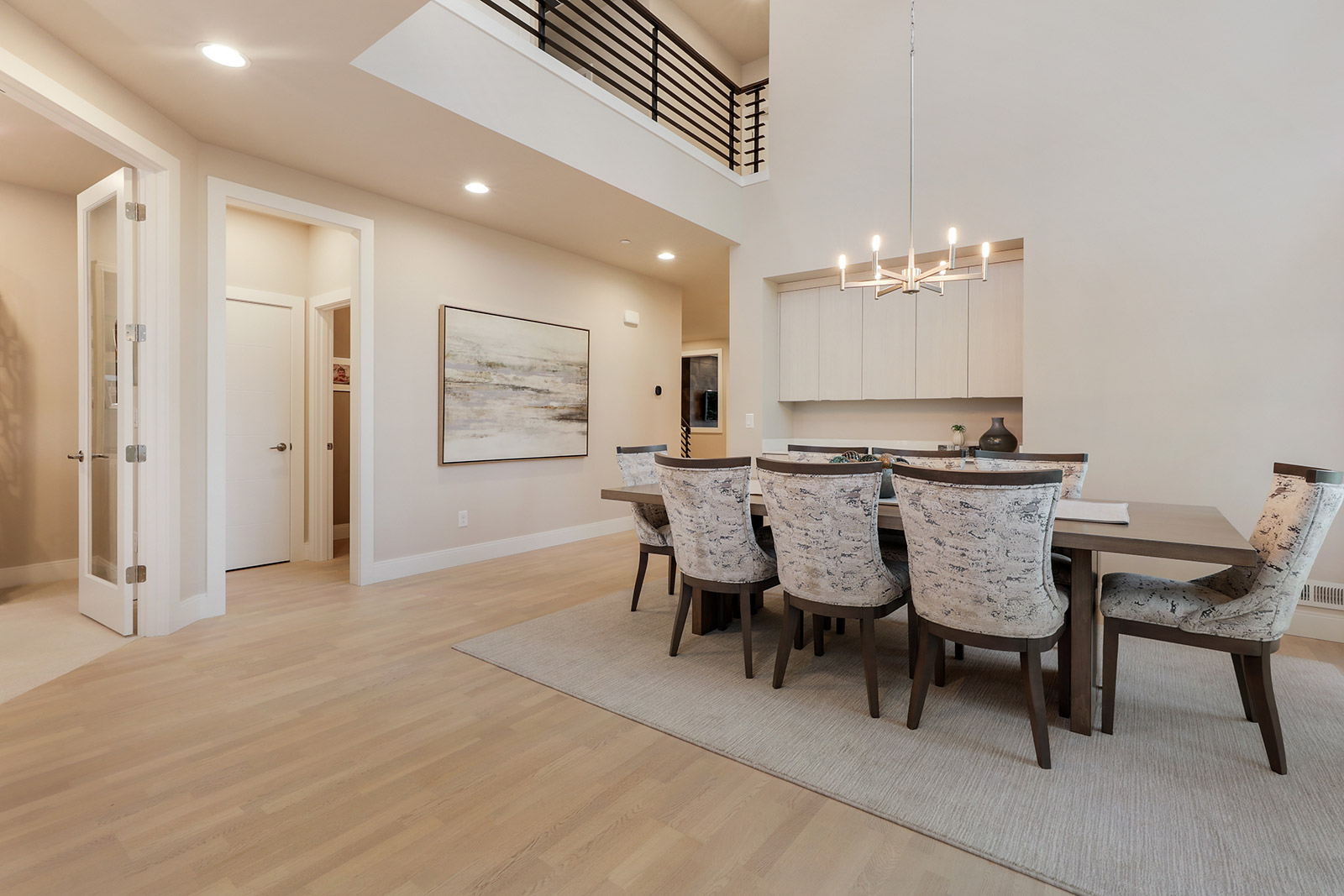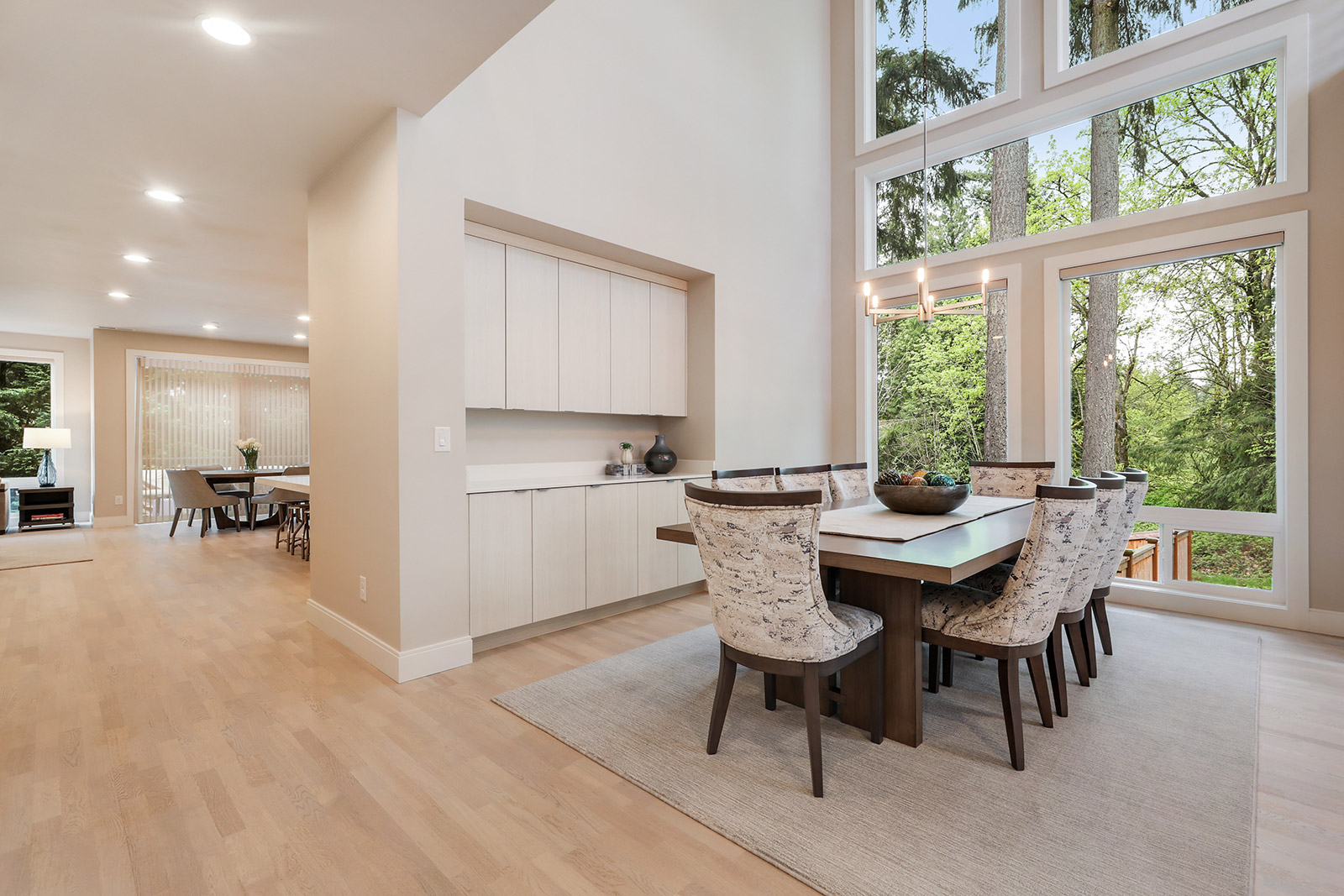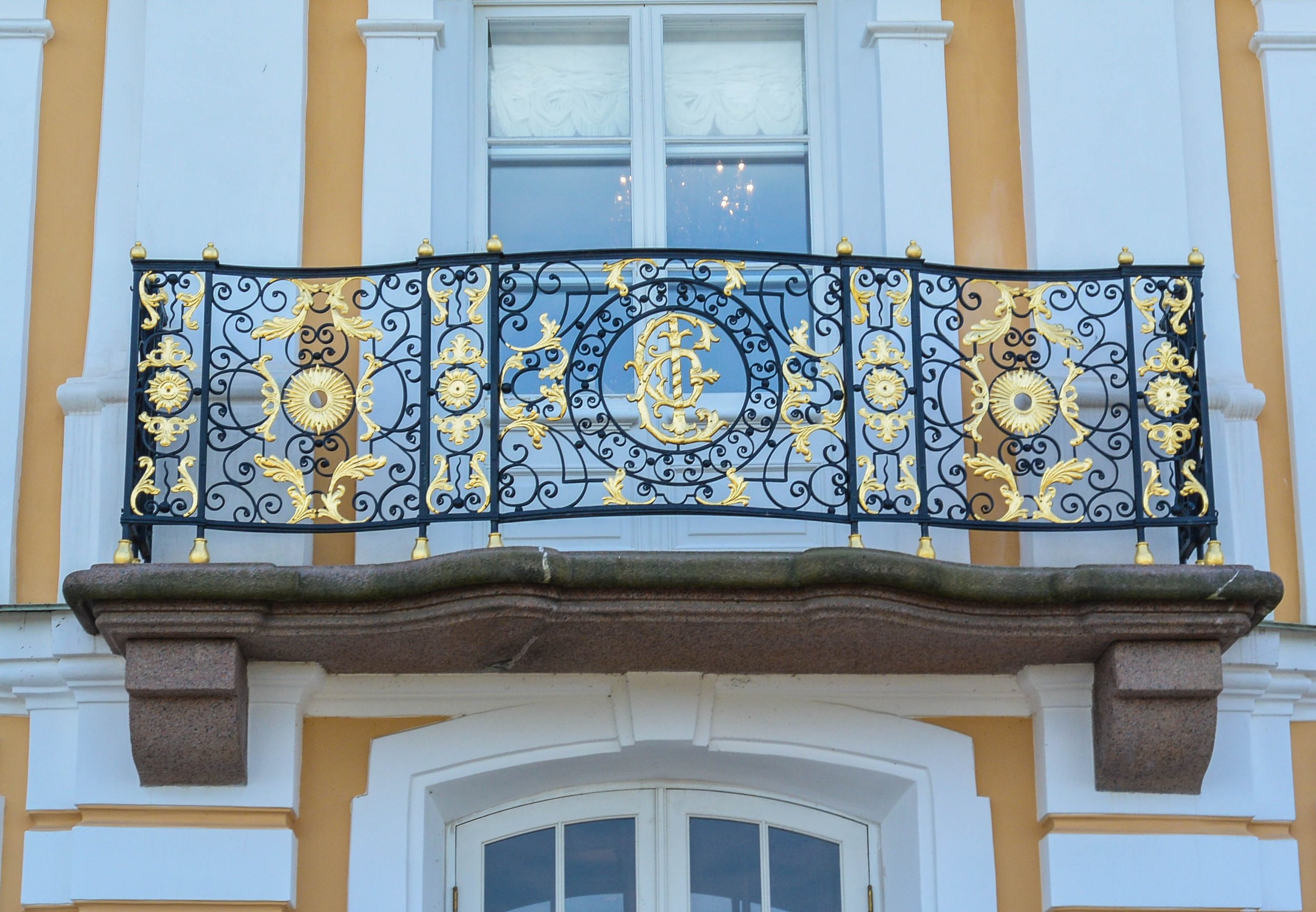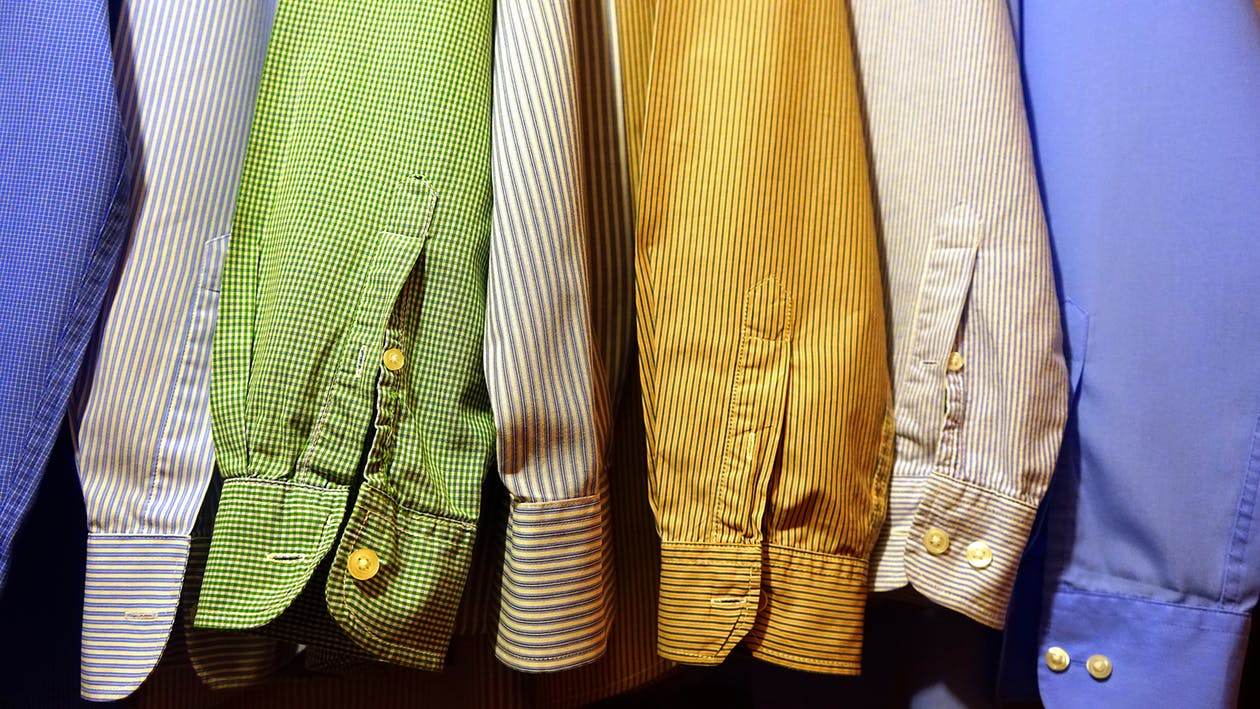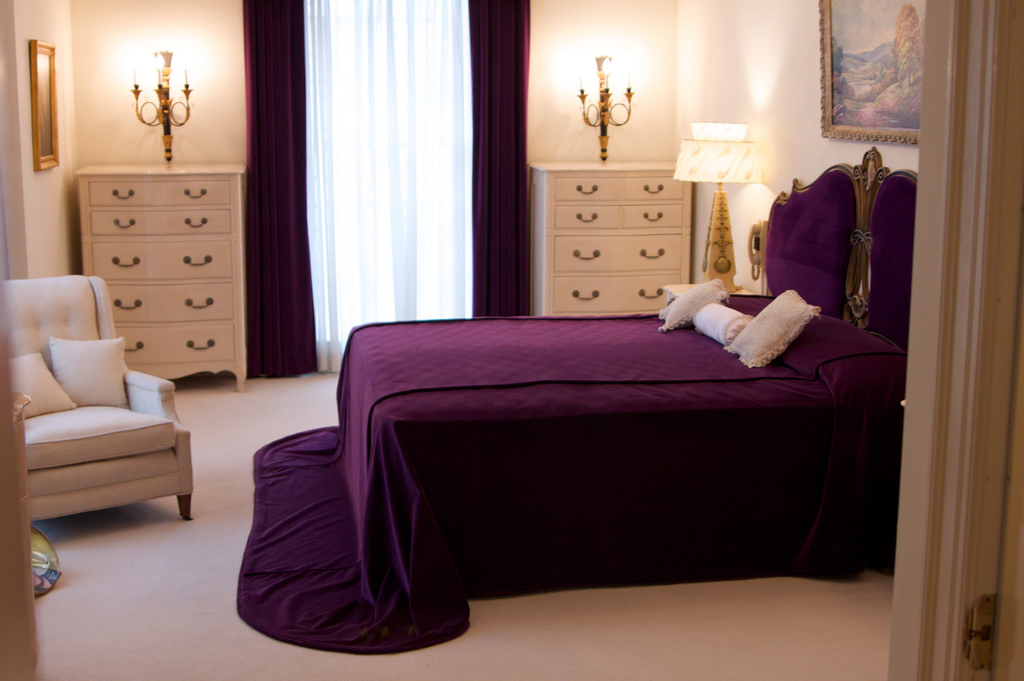The Simplicity of Scandinavian Design
/Scandinavian design has long been revered for its simplicity, functionality, and beauty. Originating in the Nordic countries of Denmark, Norway, Sweden, Finland, and Iceland, this design aesthetic emerged in the early 20th century and has since become a global phenomenon. Characterized by clean lines, minimalist forms, and a focus on natural materials, Scandinavian design is renowned for its timeless appeal and effortless blend of form and function!
One of the key principles of Scandinavian design is the emphasis on functionality. Furniture and home accessories are designed to be practical, with an emphasis on usability and comfort. This focus on functionality is evident in the design of iconic pieces such as the Egg Chair by Arne Jacobsen and the Paimio Chair by Alvar Aalto, both of which are celebrated for their innovative design and ergonomic features.
Another hallmark of Scandinavian design is its use of natural materials. Wood, in particular, is a popular choice, with light woods such as beech, birch, and pine being favored for their warmth and durability. These natural materials are often combined with soft, muted colors such as whites, grays, and earth tones, creating a calming and harmonious aesthetic.
In addition to its focus on functionality and natural materials, Scandinavian design is also known for its emphasis on light. Large windows, skylights, and light-colored walls are common features of Scandinavian homes, allowing natural light to flood the space and create a bright and airy atmosphere. This use of light not only enhances the visual appeal of the space but also has a positive impact on mood and well-being.
Overall, Scandinavian design is a testament to the beauty of simplicity and the power of thoughtful design. With its emphasis on functionality, natural materials, and light, this design aesthetic continues to inspire designers and homeowners around the world, proving that good design is truly timeless.






